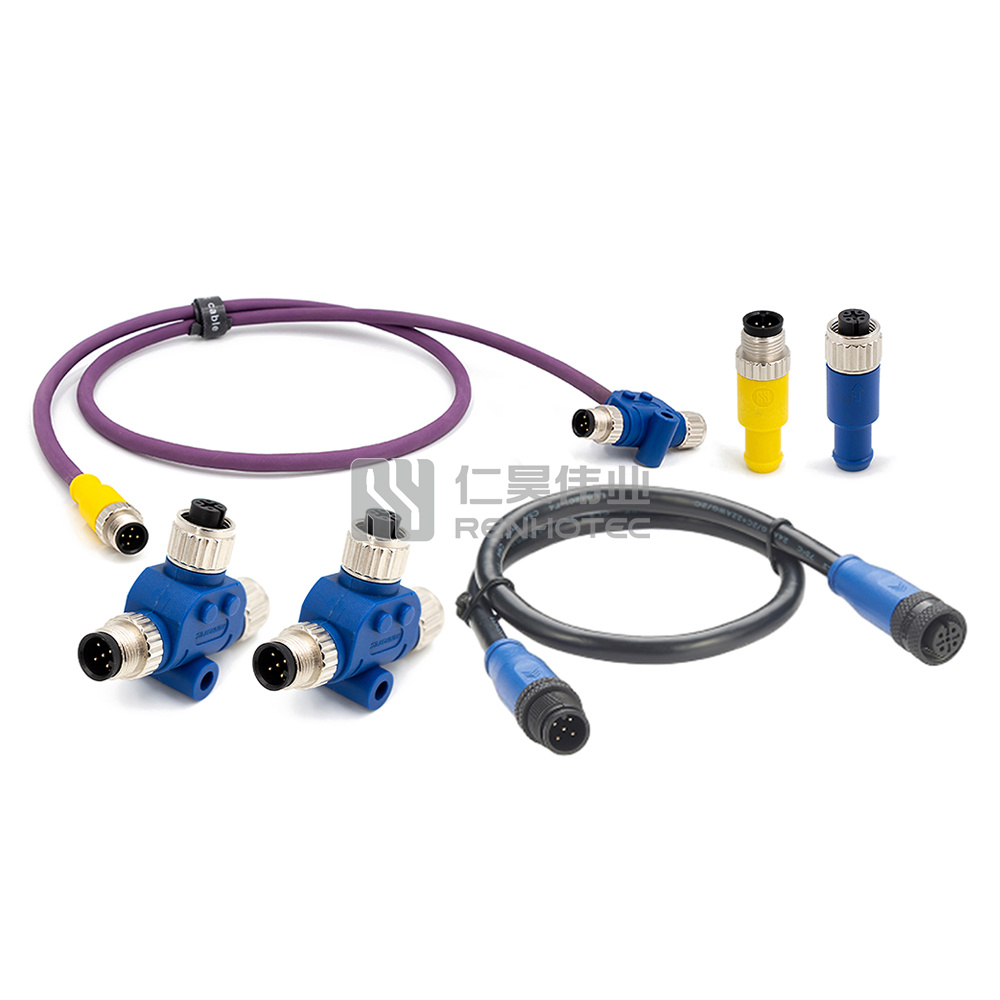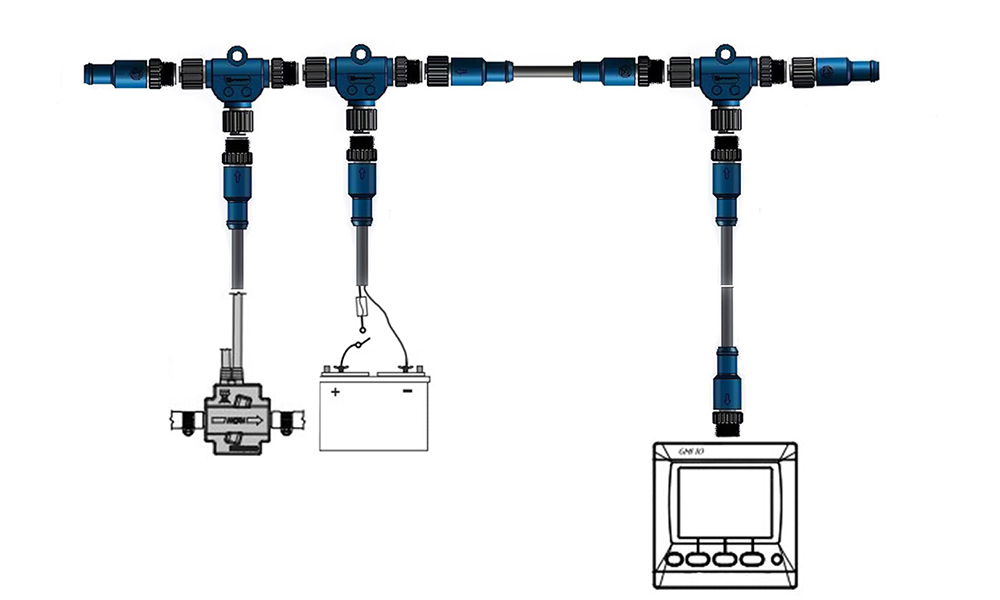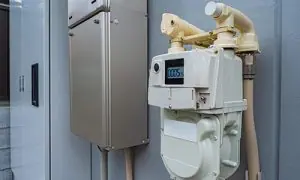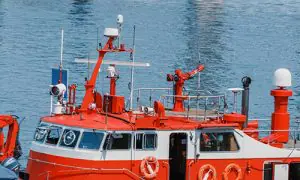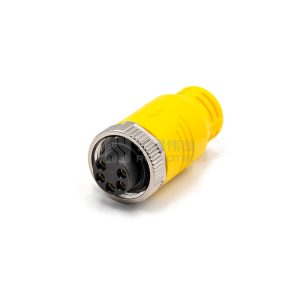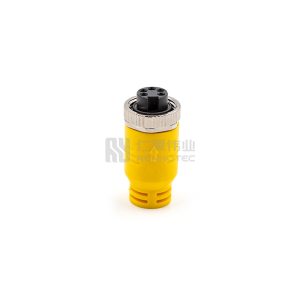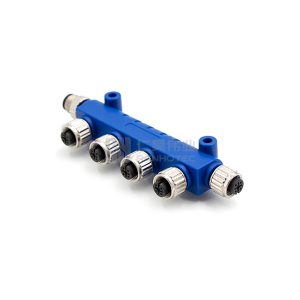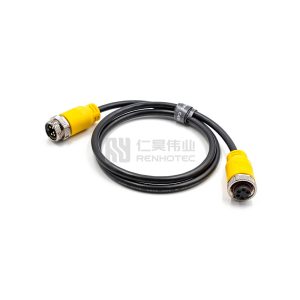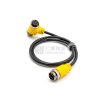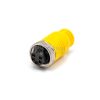About this Item
- The product contains the basic components of the NMEA 2000 network setup and complies with the N2K network protocol. Usually used in Marine, industrial instruments, rail transit and industrial automation.
- All inner conductors, including cables and connectors, are made of copper material with good electrical properties, high quality and durability.
- The connectors are threaded, secure and easy to install and remove, and are waterproof up to ip67.
- Package includes: Power Cable*1, NMEA 2000 T-Connector with Cable*1, NMEA 2000 Single T-Adapter*2, NMEA 2000 male/female terminators*1
NMEA 2000 is a plug-and-play communications protocol that makes it easy to integrate different devices on board. It provides a standardized way for devices to communicate with each other, so you can easily connect chartplotters, depth sounders, engine monitors and other devices to create a fully integrated shipboard system.
Key benefits of the NMEA 2000 include high data transfer rates that allow devices to exchange large amounts of data quickly and reliably. This is particularly useful for devices that require real-time data, such as GPS. The protocol also supports bi-directional communication, which is critical for devices that require feedback or control, such as autopilots or leveling devices.
NMEA 2000 Series
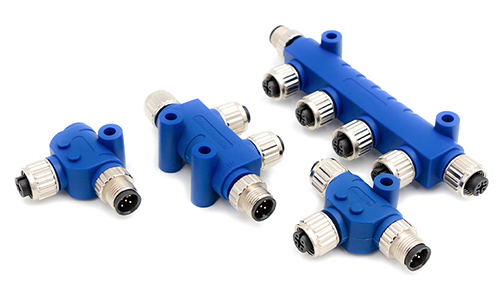
NMEA 2000 Connectors
This connector is typically a waterproof twist-lock type with a 5-pin configuration for easy installation and removal of equipment.
NMEA 2000 T-Type Cables
These cables utilize a T-type connector on one end, allowing for easy branching of the network to connect multiple devices. The cables are designed to be rugged and weatherproof for use in harsh marine environments. They are available at a variety of lengths to meet different installation requirements.
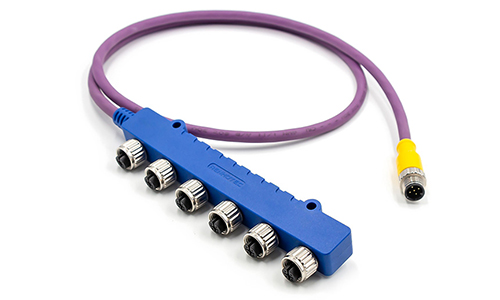
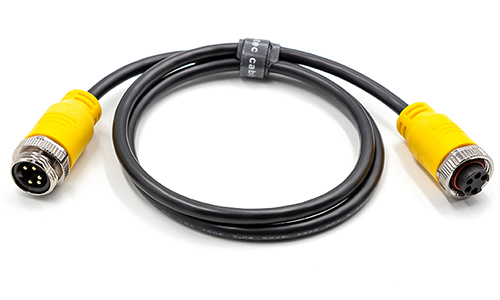
NMEA 2000 Trunk Cables M12 & 7/8″
These cables, usually with a standard connector at each end, are the backbone of the NMEA 2000 network and form the main communication channel for data exchange. These cables are suitable for marine environments and are available in a variety of lengths.
NMEA 2000 Field Installation Connectors M12 & 7/8″
Establish connections between NMEA 2000 devices. These connectors are designed to withstand harsh environmental conditions and provide reliable data communications within the NMEA 2000 network.
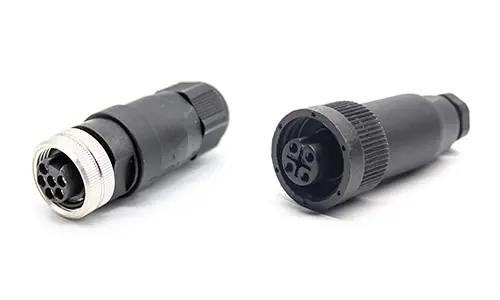
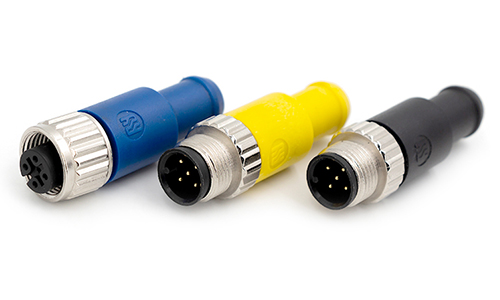
NMEA 2000 Terminators M12 & 7/8″
The NMEA 2000 terminator is a device used to terminate both ends of the NMEA 2000 network to prevent signal reflections from causing data errors.


